14 States Where Respiratory Illness Is Spreading Fastest Post-Holidays, CDC Warns

The holiday season can often be one of the brightest times of the year as families and friends get together to celebrate. Unfortunately, these anticipated reunions also happen during what’s typically high season for contagious viruses including the flu, respiratory syncytial virus (RSV), and COVID-19. For some, this means settling into the new year just as the first signs and symptoms of getting sick appear. And according to data from the Centers for Disease Control and Prevention (CDC), there are more than a dozen states where respiratory illness is now spreading at a “very high” rate.
RELATED: Doctor Reveals COVID Symptoms in Patients Who Haven’t Gotten a Fall Booster.
On Dec. 29, the agency updated its weekly activity levels report that keeps track of the rate of patients seeking medical care or being admitted to the hospital while reporting symptoms of respiratory illness, including a sore throat or a fever with a cough. While it cautioned that a lag in reporting over the holidays could affect numbers after data is backfilled, 32 states were ranked as “high” or “very high” on the CDC’s scale that runs from one to 13.
Figures from the week ending on Dec. 23 also painted a grim picture, noting a 12 percent jump in emergency room visits, a 17 percent rise in hospitalizations, and an increase in positive test results for all three viruses at the national level, CNN reports. But some experts pointed out that the current spike might get yet another boost.
“Remember, all of these numbers are before people got together for the holidays,” Peter Hotez, MD, PhD, dean of the National School of Tropical Medicine at the Baylor College of Medicine, told CNN. “So don’t be disappointed or surprised that we even see a bigger bump as we head into January.”
The spike also comes amid growing concern that the general population might be more susceptible to the viruses as immunization rates for respiratory illnesses remain relatively low across the board.
“We have, as a population, underutilized both influenza and the updated COVID vaccines, unfortunately,” William Schaffner, MD, an infectious disease expert at Vanderbilt University, told CNN. “But it’s not too late to get vaccinated because these viruses are going to be around for a while yet.”
However, despite surging numbers, there are still ways to keep yourself and others safe. “Of course, I continue to recommend vaccination, prudent use of the mask by high-risk people, and should you become sick, do not go to work and spread the virus further,” Schaffner told CNN. “Call your health care provider, because you may have some treatment available that will get you healthier sooner.”
But even though national numbers are increasing, some areas are seeing even worse spikes than most. Read on for the states where respiratory illness is currently spreading fastest, according to data from the CDC.
1
Alabama

The latest CDC data shows that Alabama is seeing even more cases of respiratory illness now than in previous weeks. It has been elevated to Level 13, which is the highest designation on the agency’s scale.
2
California

A surge in cases in California has pushed it up to the “very high” designation. The state is currently at Level 11.
RELATED: Deadly Salmonella Outbreak Spreading in 34 States—These Are the Symptoms.
3
Colorado
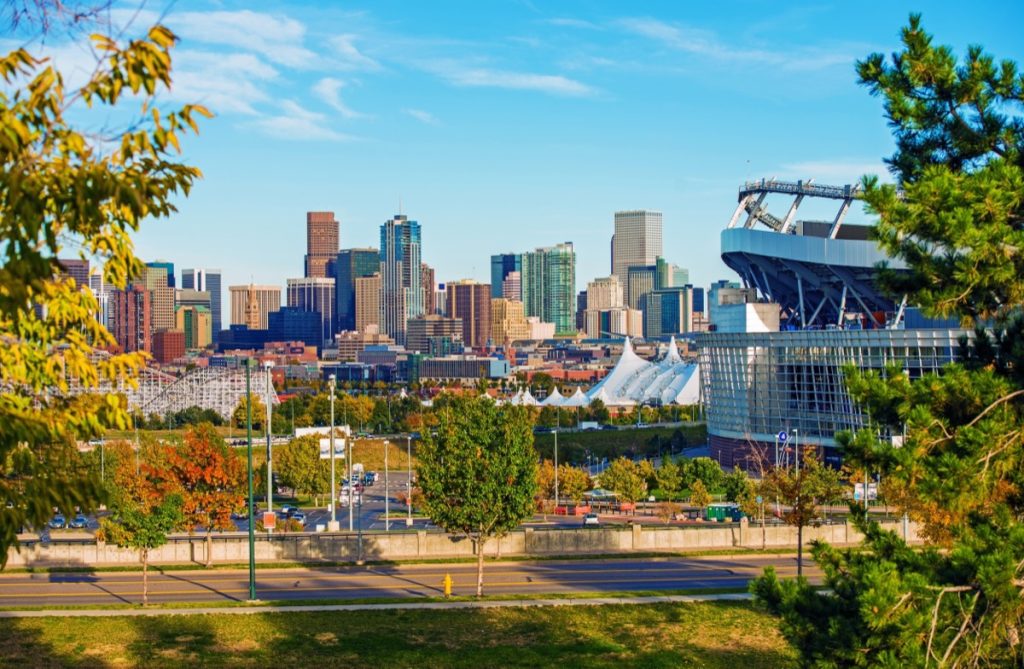
Colorado has ticked up on the CDC’s ranking a bit more this week. The agency says it’s now at Level 12.
4
Georgia

Georgia is one of a handful of states that saw a surge push it to the highest end of the scale. The state is now topping out at Level 13.
RELATED: 15-Year-Old Girl Suffers First-Ever Vocal Paralysis From COVID in Teens.
5
Louisiana
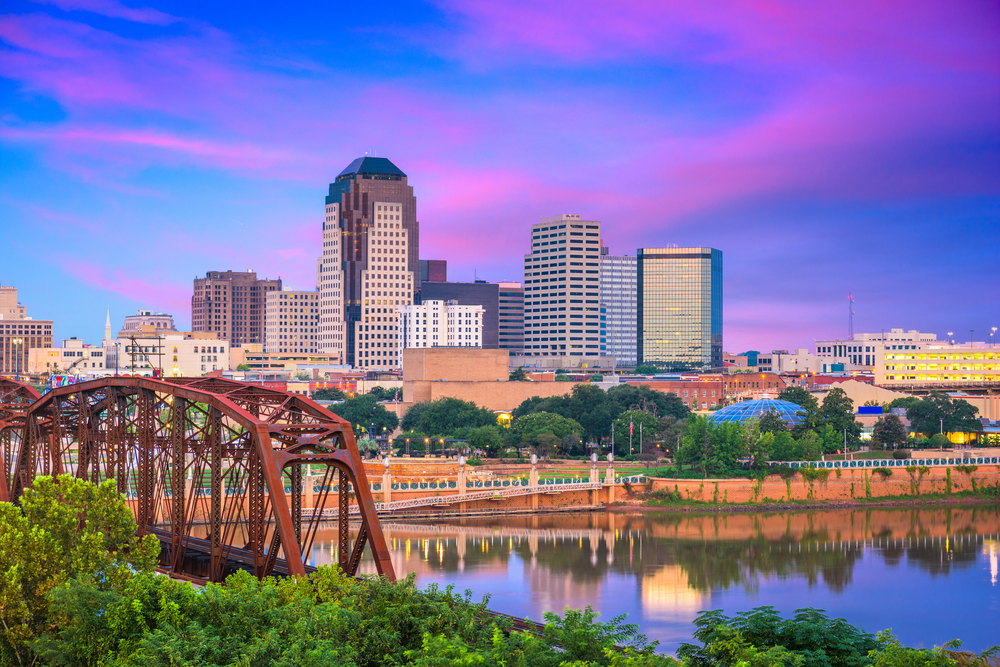
Elevated activity levels of respiratory illness remain a problem in Louisiana. According to the latest CDC data, the state remains at Level 13 this week.
6
Mississippi
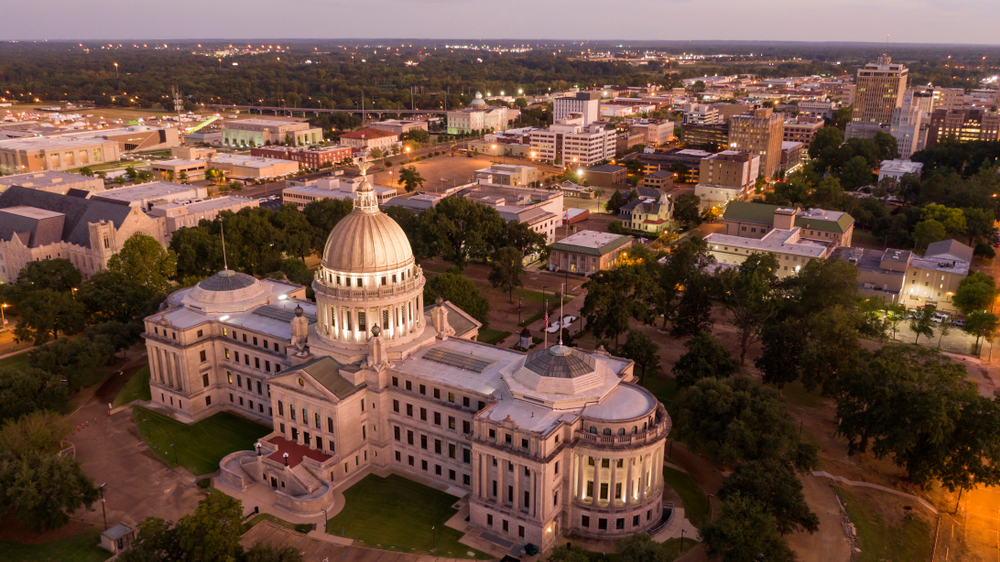
Mississippi appears to be experiencing a significant surge in reported COVID-19, RSV, and flu cases. The state is one of the few that jumped up to Level 13 in the latest round of reporting.
RELATED: 2 COVID Symptoms Now Tied for Most Common Virus Signs, Doctors Say.
7
Nevada

Nevada is new to the list of states in the “very high” category for respiratory illness activity. Data from the past week shows it rose to Level 11.
8
New Jersey
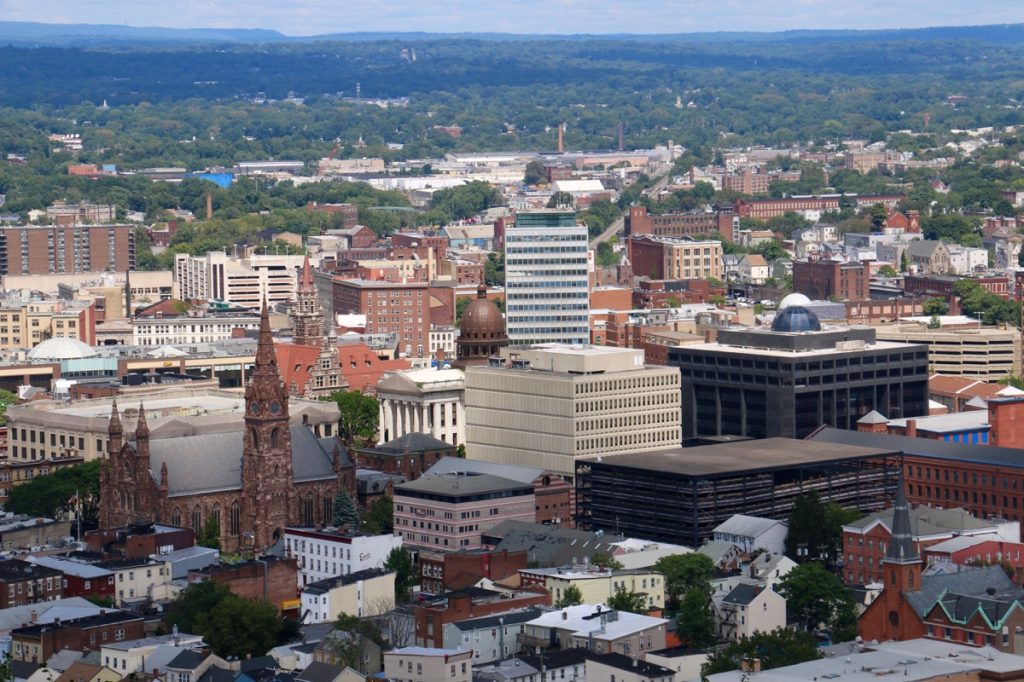
More people in New Jersey are seeking medical attention for respiratory illness lately. This week, the state moved up to Level 11 and joined the top “very high” tier.
RELATED: Why the New COVID Variant Could Make You Sick Longer, Doctor Says.
9
New Mexico
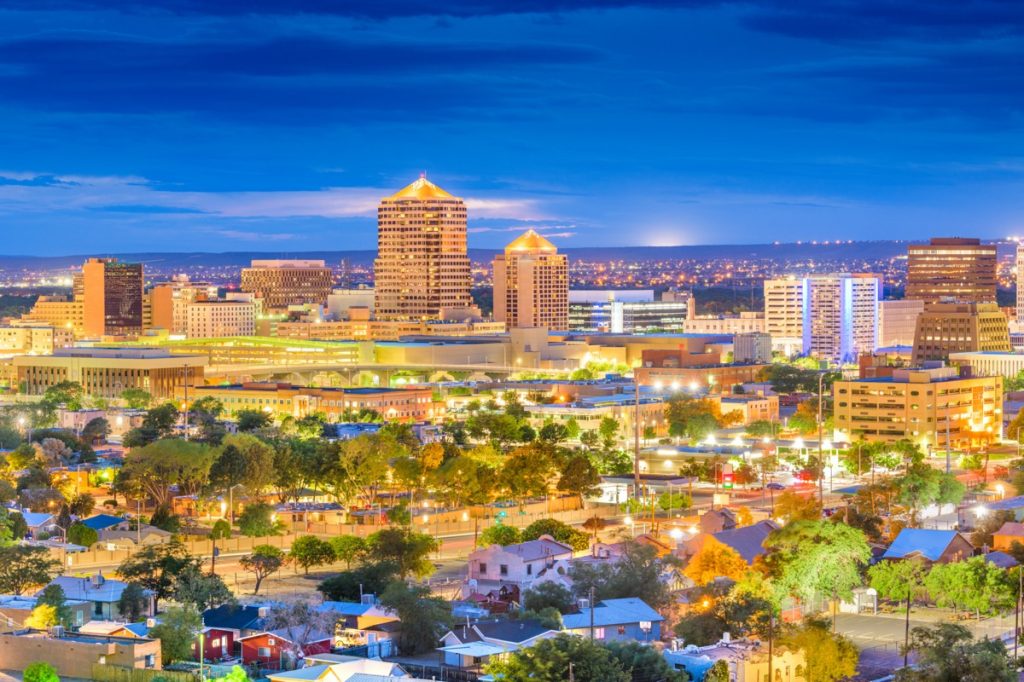
New Mexico is still dealing with “very high” levels of reported respiratory illness. This week, the southwestern state moved up to the highest tier at Level 13.
10
New York

Reporting for the CDC sets New York City apart from the rest of the Empire State, providing a better picture of how the biggest city in the U.S. is faring. While the rest of New York still finds itself in the “high” category, Gotham has even more reported cases and is currently seeing “very high” activity at Level 11.
11
North Carolina

This week, North Carolina crept slightly further up the CDC’s scale in the “very high” category. The state is now Level 12.
RELATED: 7 Surprising Benefits of Taking Magnesium Every Day.
12
South Carolina
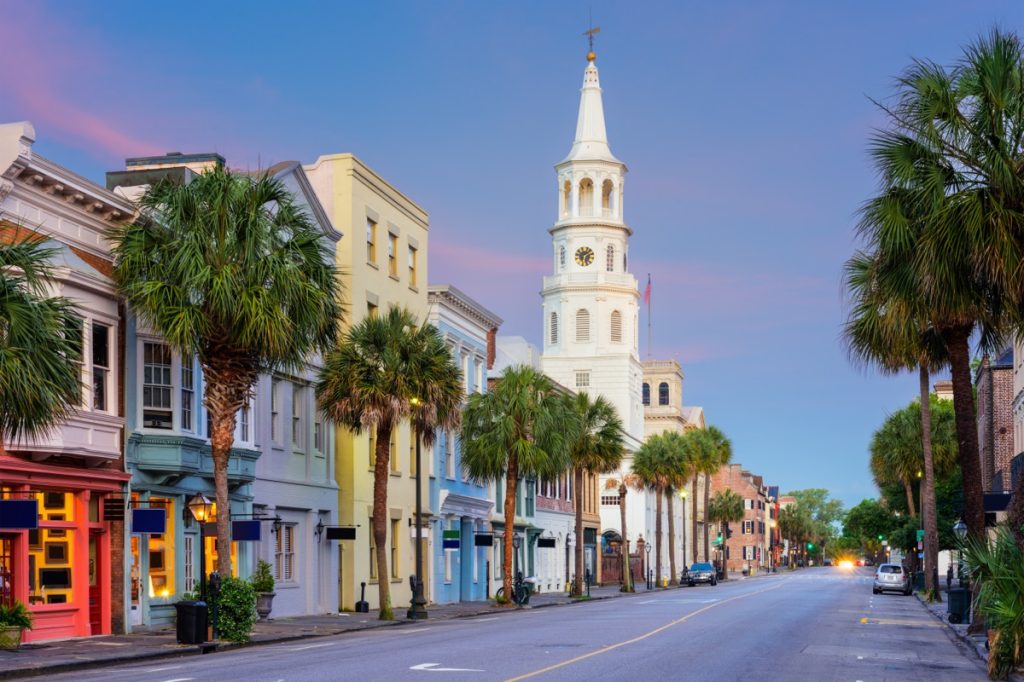
South Carolina is still reporting an elevated number of respiratory illnesses. The state once again reached the highest tier in Level 13, according to CDC data.
13
Tennessee

Tennessee is yet another new state to reach Level 13 on the CDC’s scale, increasing from Level 11 last week and keeping it in the “very high” tier.
14
Virginia
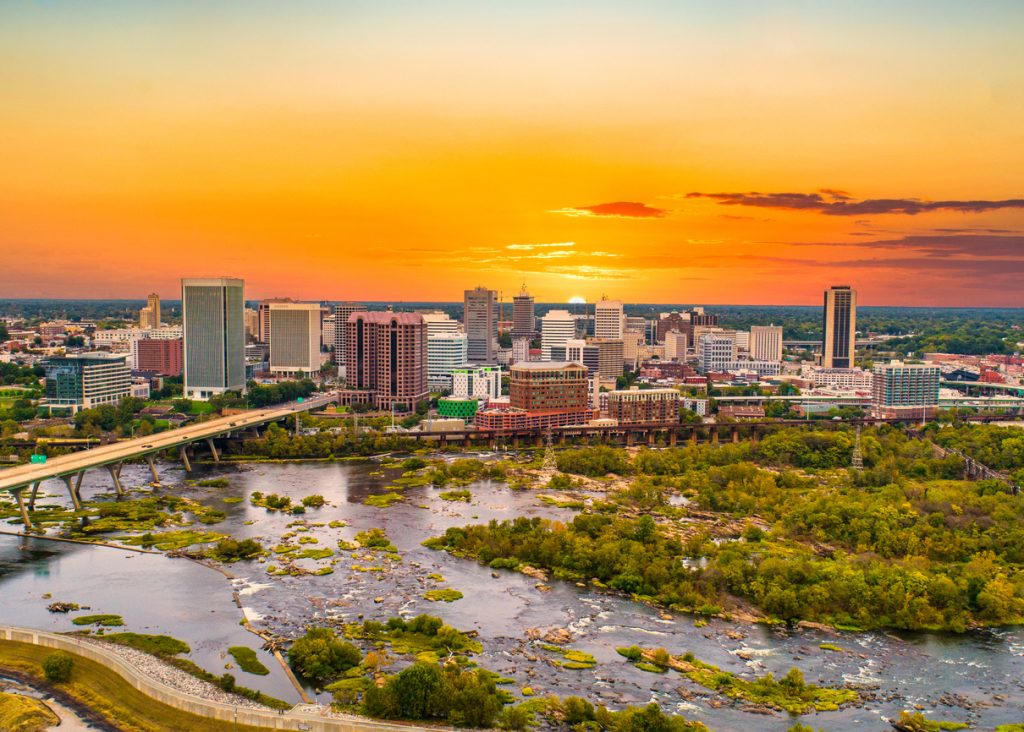
Virginia is one of the new states to reach the “very high” category in this week’s data report. It’s now at Level 11, according to the latest data.
RELATED: For more up-to-date information, sign up for our daily newsletter.